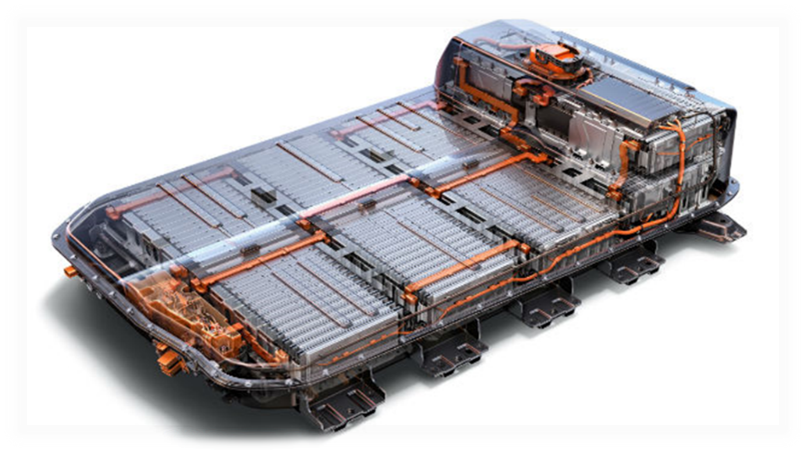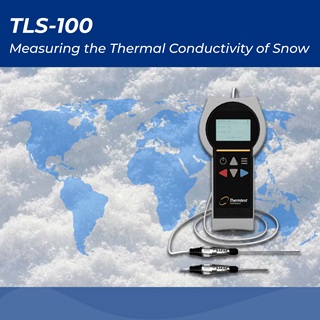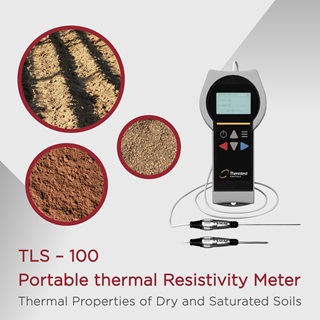- Technology Application -
15.Aug.2024
Hot Disk Using Hot Disk to Enhance EV Thermal Management Design and Coolant Selection
Understanding EV Thermal Management Solutions
Electric vehicles (EVs) operate with high voltage, high power, and elevated temperatures, making thermal management a critical challenge. To ensure efficient and energy-saving performance, the power components of EVs must adapt to their operating environment. Current thermal management solutions for EVs can be broadly classified into four categories: air cooling, liquid cooling, direct cooling, and phase change material cooling. In this document, we'll focus on the liquid cooling system used in Tesla vehicles.
Liquid cooling works by using a coolant to indirectly transfer heat away from the battery, thereby lowering its temperature. The most commonly used coolant is ethylene glycol, known for its high thermal conductivity and specific heat capacity, which effectively reduces the maximum temperature and improves the uniformity of the battery pack's temperature. Additionally, liquid cooling systems are relatively compact. These systems offer flexibility in design: the battery cells or modules can be immersed in the liquid, cooling channels can be placed between modules, or a water cooling plate can be positioned at the bottom of the battery. When the battery comes into direct contact with the coolant, the liquid must be insulating (e.g., mineral oil) to prevent short circuits. Furthermore, liquid cooling systems demand high standards for airtightness, mechanical strength, vibration resistance, and longevity. Due to these advantages, liquid cooling is the preferred choice for many EVs, including popular models like the BMW i3 and Tesla vehicles.
For instance, the Tesla Model S battery pack comprises 16 battery modules connected in series on the battery base plate. Each module contains 444 lithium cells, arranged in parallel groups of 74 cells each. As a result, the Tesla Model S battery pack consists of 7,104 18650 lithium cells. The key feature of this battery pack is the integration of the battery and cooling system. Since the battery generates significant heat due to electrochemical reactions during charging and discharging, an efficient cooling system is essential. As illustrated below, Tesla's cooling pipes are densely distributed among the battery modules, with the circulating coolant effectively carrying away excess heat. Similarly, many domestic EV brands adopt this approach to dissipate the heat generated by their batteries.
Liquid cooling works by using a coolant to indirectly transfer heat away from the battery, thereby lowering its temperature. The most commonly used coolant is ethylene glycol, known for its high thermal conductivity and specific heat capacity, which effectively reduces the maximum temperature and improves the uniformity of the battery pack's temperature. Additionally, liquid cooling systems are relatively compact. These systems offer flexibility in design: the battery cells or modules can be immersed in the liquid, cooling channels can be placed between modules, or a water cooling plate can be positioned at the bottom of the battery. When the battery comes into direct contact with the coolant, the liquid must be insulating (e.g., mineral oil) to prevent short circuits. Furthermore, liquid cooling systems demand high standards for airtightness, mechanical strength, vibration resistance, and longevity. Due to these advantages, liquid cooling is the preferred choice for many EVs, including popular models like the BMW i3 and Tesla vehicles.
For instance, the Tesla Model S battery pack comprises 16 battery modules connected in series on the battery base plate. Each module contains 444 lithium cells, arranged in parallel groups of 74 cells each. As a result, the Tesla Model S battery pack consists of 7,104 18650 lithium cells. The key feature of this battery pack is the integration of the battery and cooling system. Since the battery generates significant heat due to electrochemical reactions during charging and discharging, an efficient cooling system is essential. As illustrated below, Tesla's cooling pipes are densely distributed among the battery modules, with the circulating coolant effectively carrying away excess heat. Similarly, many domestic EV brands adopt this approach to dissipate the heat generated by their batteries.

Considering the material of the heat transfer and cooling path and selecting a compatible heat transfer fluid can effectively reduce corrosion risks and optimize thermal performance. Copper and aluminum are commonly used materials for cooling pipes. The Hot Disk high thermal conductivity Slab Module can be used to measure the thermal conductivity of copper alloy Foil and aluminum alloy Foil thin sheets.
| Parameters |  |
Parameters |  |
| Sensor : C 5501 (radius 6.403mm) |
Sensor : C 5501 (radius 6.403mm) |
||
| Temp. : Room Temperature | Temp. : Room Temperature | ||
| Power : 0.8W | Power : 2.5W | ||
| Time : 1sec | Time : 1sec |
| Sample | Mean Thermal Conductivity(W/mK) | Mean Specific Heat(MJ/m3K) |
| Copper 2mm | 382.2 | 3.505 |
| Copper 4mm | 382.1 | 3.515 |
| Aluminum 2mm | 172.5 | 2.714 |
| Aluminum 4mm | 174.6 | 2.594 |
| Brass 4mm | 109.9 | 3.356 |
▲The Hot Disk system was used to measure the average thermal conductivity and
specific heat capacity of five different thin metal sheets.
specific heat capacity of five different thin metal sheets.
Discussion on Coolant Systems
After discussing the Alloy materials for the heat transfer and cooling pipe, we now turn our attention to Coolant(the cooling liquids). The most commonly used coolants in today's liquid cooling systems are water, deionized water, glycol, and dielectric fluids. By selecting compatible heat transfer fluids and pairing them with suitable pathway materials, corrosion risks can be effectively reduced, and thermal performance can be optimized. For example, copper is compatible with water and glycol/water solutions, while aluminum is compatible with glycol/water solutions, dielectric fluids, and oils. However, when using deionized water or other corrosive fluids, stainless steel is generally recommended due to its superior corrosion resistance compared to other metals. (Refer to the table below.) Most cooling systems are compatible with water or glycol/water solutions, but specialized piping is required for use with deionized water or dielectric fluids.
| Materials & Fluid Compatibility | Water | Glycol | Deionized Water | Dieletronic Fluids(Fluorinert, PAO) |
| Copper | ✓ | ✓ | ✓ | |
| Aluminum | ✓ | ✓ | ||
| Stainless Steel | ✓ | ✓ | ✓ | ✓ |
Overview of the Advantages and Disadvantages of Four Cooling Fluids
- Water :Thermal conductivity of 0.6 W/mK, offering high heat capacity and excellent thermal transfer properties. However, the presence of chloride, calcium, and magnesium ions should be carefully considered.
- Deionized Water :Requires the addition of corrosion inhibitors like phosphates and has high electrical resistivity, making it suitable for electrical components. However, it can be corrosive when exposed to air.
- Glycol EGW :Offers a high boiling point, low freezing point, and low viscosity, combined with high specific heat capacity and thermal conductivity. It also provides effective antifreeze protection.
- Dieletronic Fluids :Non-conductive and low in corrosiveness. While dielectric fluids are ideal for providing low-risk liquid cooling in electronic applications, their thermal conductivity is generally lower than that of water and most aqueous solutions.
Selecting the right material for the cooling pathway and ensuring compatibility with the appropriate heat transfer fluid is crucial. Whether you need high thermal conductivity pathways or testing for fluids with lower thermal conductivity, TechMax Technical Co., Ltd. And Hot Disk offers a wide range of thermal management measurement solutions.









